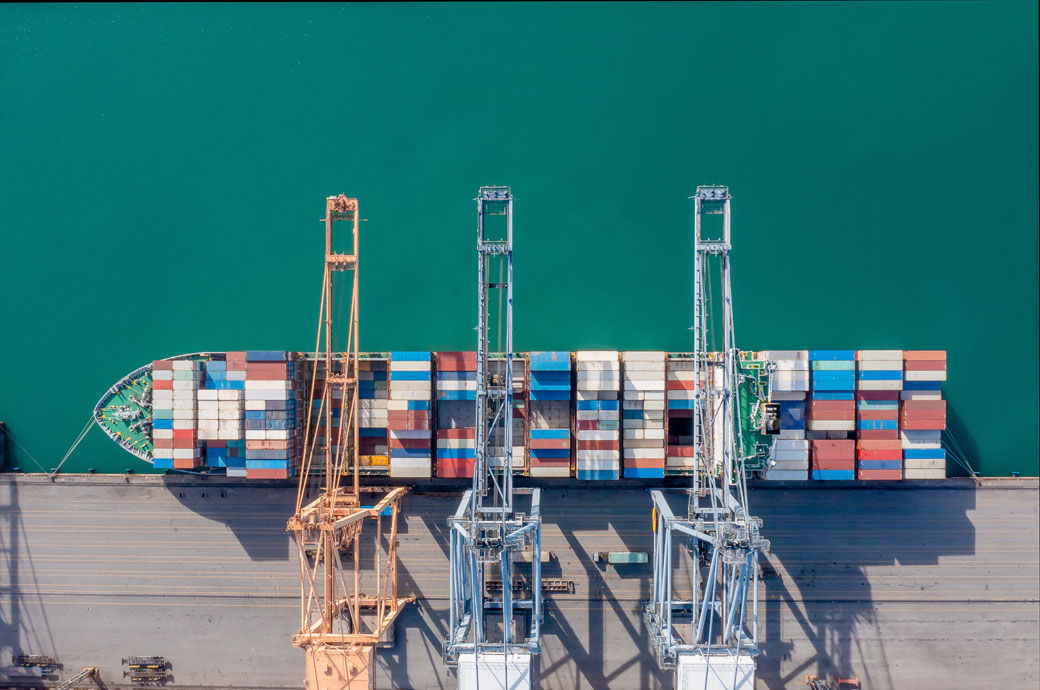
The region has benefitted from Chinese growth and the extension of value chains. It is, therefore, increasingly integrated with China, which has been its leading supplier since 2007 and its leading client since 2009.
Due to US-China tensions, the restructuring of production chains and the need to secure supplies is a major challenge for this region, whose development is dependent on its successful integration into international trade, the bulletin said.
A more recent phenomenon associated with the US-China trade war is a growing share of Chinese products affected by the imposition of punitive US customs tariffs are now being exported from ASEAN countries, and in particular from Vietnam, which appears to be the main beneficiary of these tensions.
Producers based in China have relocated part of their production to third countries to circumvent the customs tariffs imposed on their products when they enter the United States, the bulletin noted.
The growing share of Chinese value added in Vietnamese exports (now close to 30 per cent) suggests that there are two phenomena at work.
On the one hand, production chains are increasingly integrated between China and Vietnam, which has become a trend. This is reflected in the sharp growth in bilateral trade.
On the other, this deeper integration has fostered a partial substitution effect. Manufacturers based in China, both Chinese and foreign, have relocated part of their production, or at least the final assembly stage, to Vietnam to circumvent the new tariffs on Chinese products entering the United States.
Taiwan is the other country in Asia that has benefitted most from the US-China trade war, having gained export flows to the United States that no longer originate in China.
Fibre2Fashion News Desk (DS)